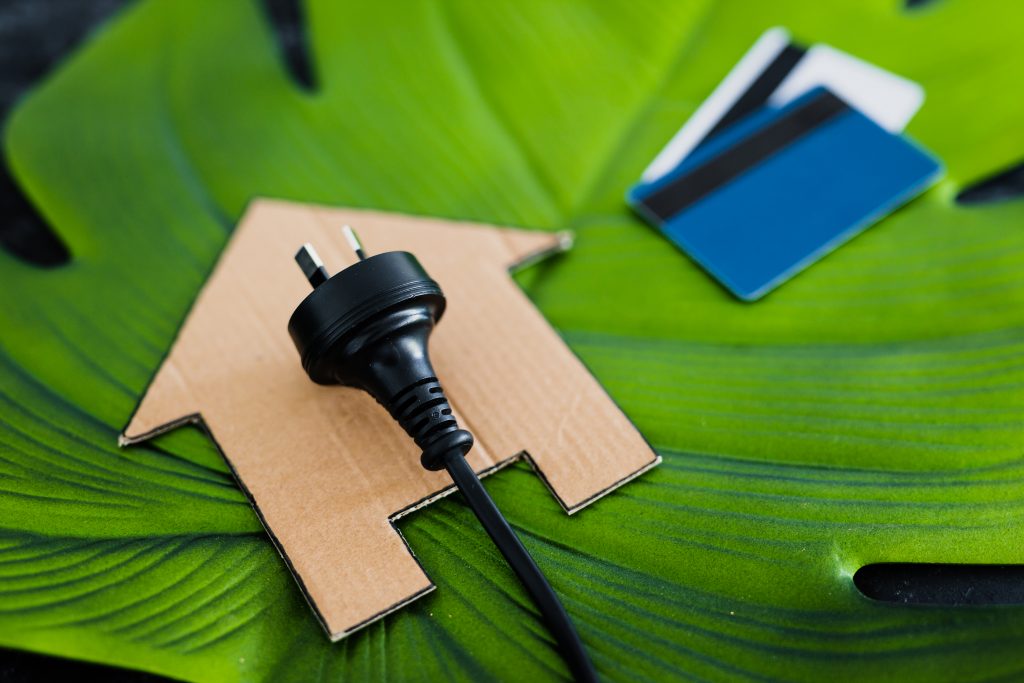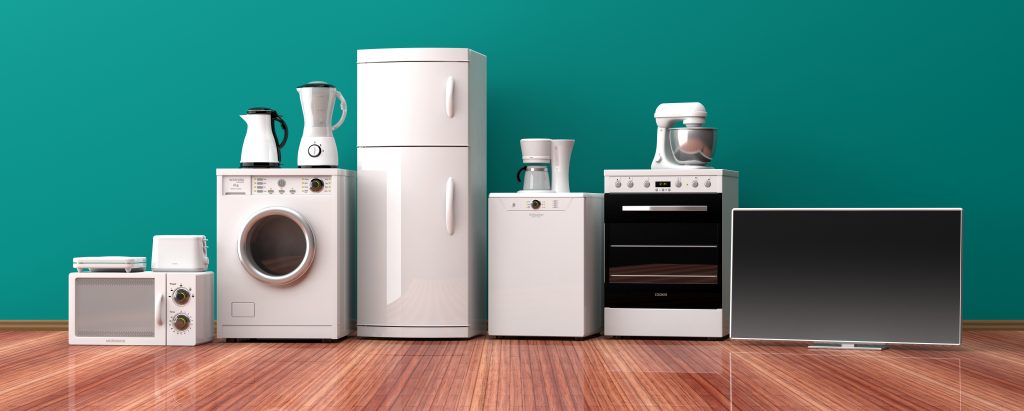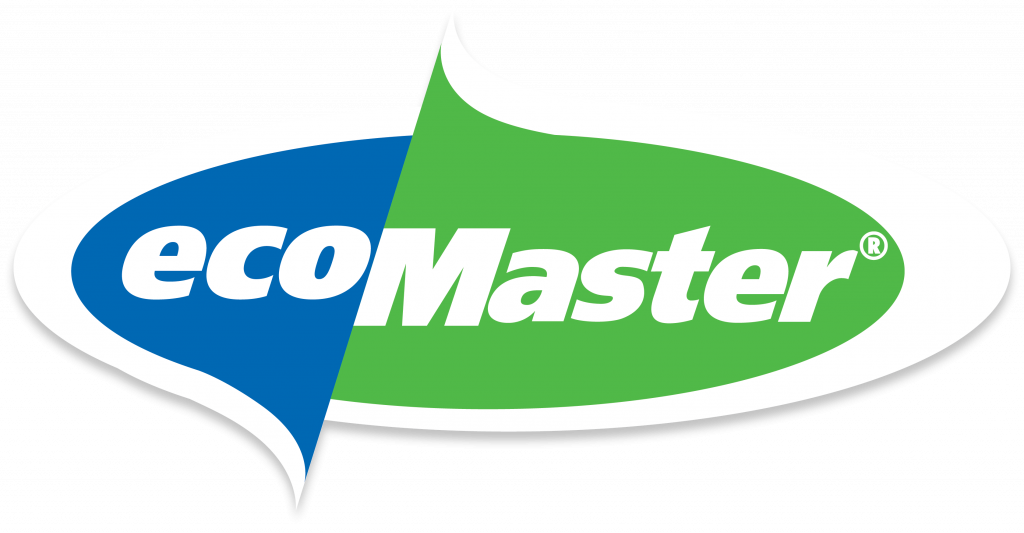
Have you ever tried to understand the difference between watts (W) and kilowatt hours (kWh) with regard to electricity? Well, you’re not alone! The truth is that the two terms can be a little confusing because watts measure the power rating of any given appliance, while kilowatt hours are what you are actually billed for by your energy company.
But don’t worry – we’re here to help explain it all in simple terms.
Let’s look at it this way: think of electricity as water. Imagine you had a jug that represented 1 kilowatt hour and your energy provider charged 30 cents per jug. In an average room, 5 LED lamps might be running – each of these lamps use only 10 watts, so it’ll take a while to fill up a single 1 kWh jug. On the other hand, a toaster has an output of around 600 watts. This means that it will take less time to fill up one jug than it would with LED lamps.
So there you have it: understanding the relationship between watts and kilowatt hours is simpler than you might expect. Remember: watt measures power usage while kilowatt hours measure how much energy you actually pay for. Now when your next electricity bill comes through, you know exactly how much electricity you owe your energy provider!
But knowing how to read your electricity bill isn’t the only way you can save money. Understanding watts and kilowatt hours is also important when looking at the energy efficiency of appliances. To work out how much an appliance costs in terms of electricity consumption, you need to look at the power rating (in watts) and multiply it by the amount of time it’s typically in use. For example, if a dishwasher uses 800 watts and you run it for two hours every week you can work out that it’ll cost 4.8 Kilowatt Hours per week (800 W x 2 h =1600 Wh, and 1600 Wh/1000 = 1.6 kWh).

You can then take this figure and compare it with different dishwasher models – looking at their energy ratings to see which one is more efficient (and ultimately costs less!). Doing so will hopefully help you find an appliance that’s not only more energy efficient but more cost-effective too.
If you’re looking to save even more energy, why not consider using less wattage devices wherever possible? As we’ve seen today, wattage has a direct correlation with energy consumption. As a consequence lower-wattage devices like LED lamps or low flow showerheads can make a big difference in reducing your energy bills. It’s worth doing some research into each product type before making any purchase decisions, as picking the right product for your needs could result in greater long-term savings!
Understanding the relationship between watts and kilowatt hours is essential for those who want to reduce their electricity costs. By understanding the power rating of each appliance and multiplying this by the amount of time it’s used, you can work out exactly how much a device is costing you. This will help you make informed decisions on which products are energy efficient as well as cost-effective. Additionally, relying on lower wattage devices where possible will ensure that your lighting bills are kept low without compromising on quality – saving both money and energy in the long run!

In the following video, Maurice, Technical Director of ecoMaster will explain watts and kilowatts clearly in less than four minutes!
People Also ask
⇒ How do I reduce my energy bill overnight?
You can reduce your energy bill “overnight” by shopping around for a new energy retailer on a regular basis. In a manner similar to getting the very best deal on insurance, it is good to actively compare the prices offered by each retailer annually. Set an annually recurring date in your calendar so you always remember to check the rates you are being charged, so you get the best deal. Calling your current retailer and asking about switching can often generate a better deal than the one you are currently on.
Some Australian State Governments offer a facility that allows you to easily compare energy retailers. In Victoria, you can go to https://compare.energy.vic.gov.au/ to compare energy retailers.
⇒ How much does it cost to change Energy Retailers?
It will cost you absolutely nothing to switch energy retailers. However, if you are in a contract with your energy retailer, there may be exit fees involved. To be sure, contact your retailer and ask. Be sure to request a record of the conversation for your reference and check what you are being told against correspondence you have received from your Energy Retailer. If you are being offered a deal to stay as a customer, ensure you get that in writing.
⇒ What is an Energy Ombudsman?
There is an Energy and Water Ombudsman in every state and territory in Australia. The Ombudsman is a free and independent service that resolves disputes between householders and their energy companies. This is a great backstop when you have been unable to solve an issue directly with your energy (or water) retailer. If you have an ongoing problem with your energy or water bills, feel free to reach out to your Ombudsman for support.
What’s Next?
We hope this article has helped you learn how to use simple ways to save on your utility bill by understanding how it works. This will help you with your energy and thermal efficiency. You will be able to make your home more comfortable all year round and reduce your costs and carbon emissions.
Next, explore how to make your doors and windows, even more, draught proof.
If you found this article helpful, then please subscribe to our YouTube Channel. You’ll find many more helpful “How To” videos there. You can also follow us on Facebook and Instagram to stay in the loop. For more information on how to make your home more energy and thermally efficient: subscribe NOW to ecoBites. ecoBites are free bite size chunks of the latest energy efficiency information making it quick and easy for you to absorb.

See Through
Your Bills Clearly

You too can become
an Energy Efficiency expert with


Recent Comments